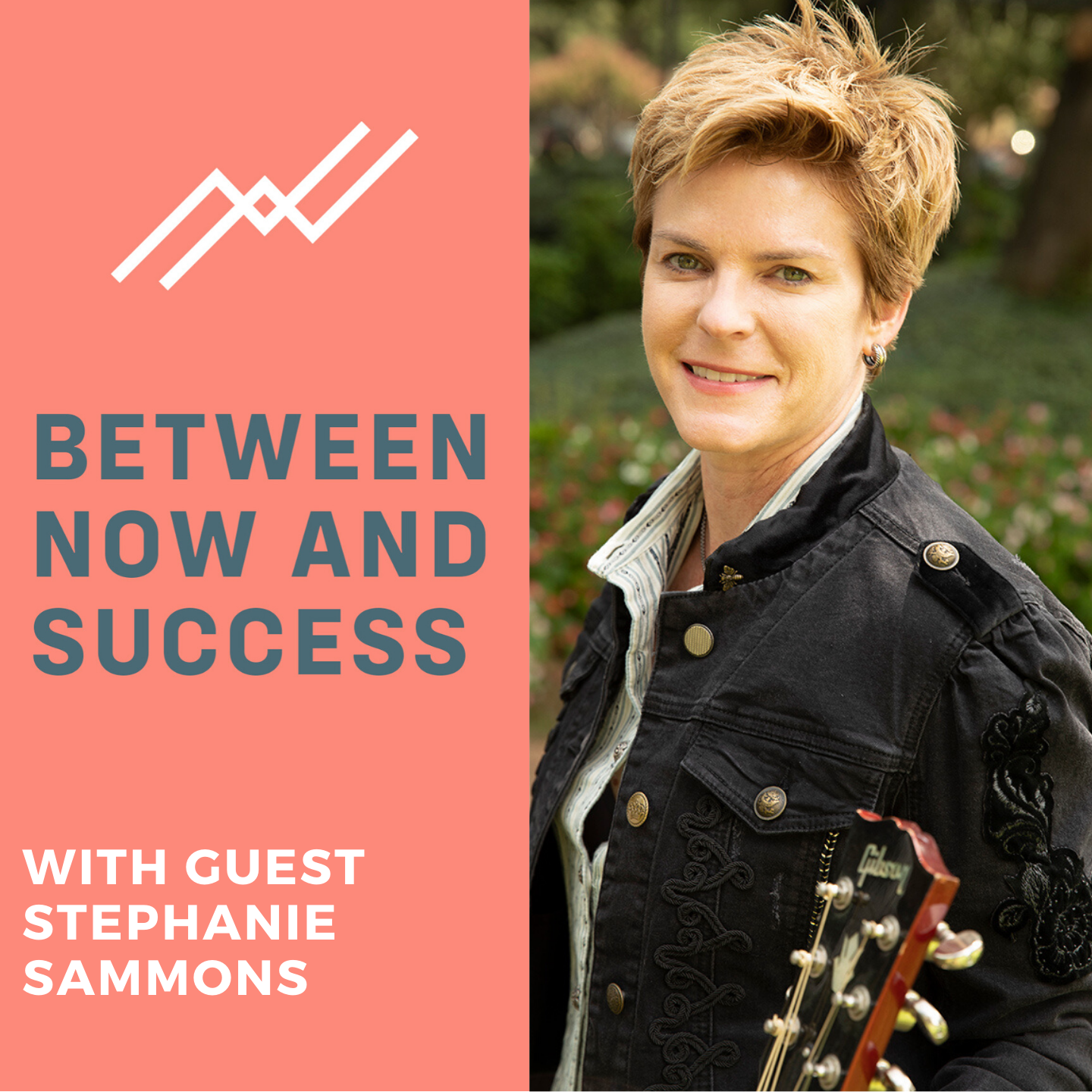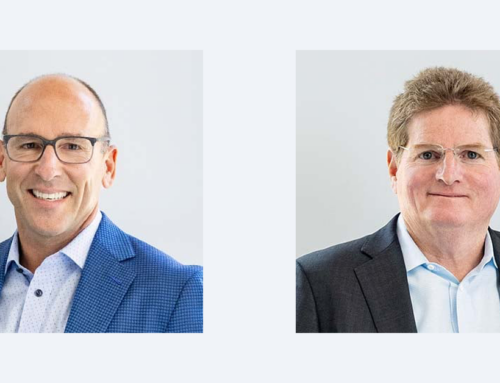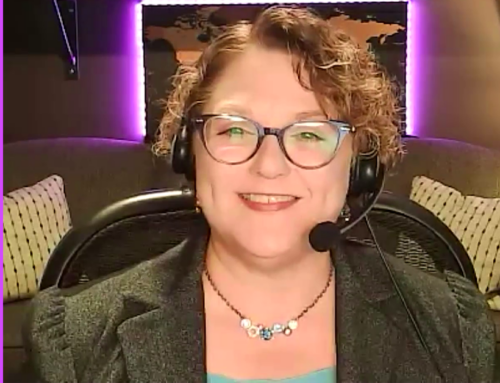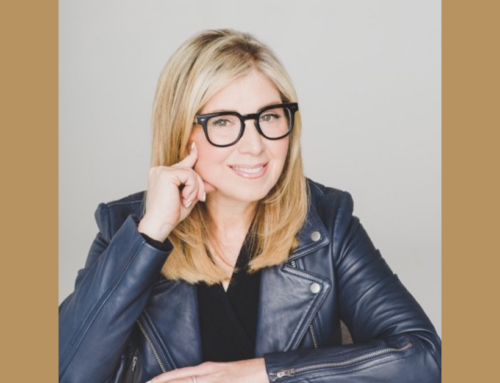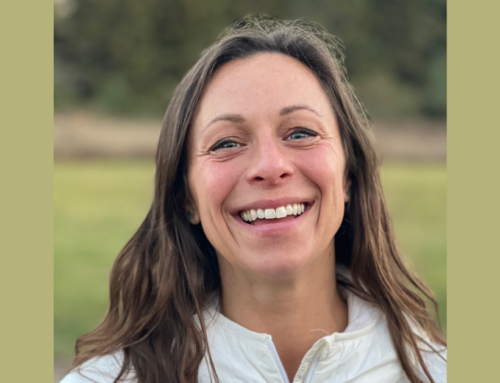What if you had more than 20 years of financial services experience, then decided to start over and build a new RIA from scratch? Do you think you could take those decades of experience and build a new RIA in tune with the times? That’s exactly what Stephanie Sammons is doing with her new RIA, SammonsWealth.
Talk about a multi-hyphenate: Stephanie Sammons is the Founder and CEO of SammonsWealth, a best-selling author, a Certified Financial Planner, a speaker, a business coach … and a singer-songwriter who just released a new EP in April! And for good measure, her 20+ years of financial advisory experience also includes successful runs at Merrill Lynch and UBS.
On today’s show, Stephanie explains how she drew on her wide variety of experience to go independent, and create a new RIA with a personalized approach.
Key Points From Stephanie Sammons
1. Big isn’t bad and small can be beautiful.
A lot of advisors are so fierce about their independence that they dismiss the benefits of working with bigger firms, and the lessons that can be learned. At Merrill Lunch and UBS, Stephanie learned to be selective, assessing whether or not prospective clients qualified to work with her, or if any special circumstances would keep her from getting paid what her experience is worth. She also came to appreciate the advantages of working with a highly-motivated, overachieving peer group, something that an independent advisor can try to replicate in a new RIA. Stephanie also uses TD Ameritrade as a custodian, which gives her practice and her clients access to big firm tech and analysis without sacrificing her independence, or diminishing her customer service. And in her new RIA, Stephanie is being very particular and focused on who she will work with.
To continue reading, please enter your email address to unlock the content.
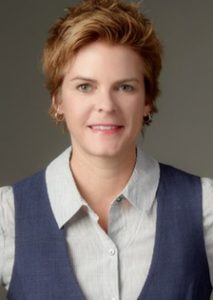
Stephanie Sammons: The beauty of starting over on my own terms is, I have a blank canvas.
2. Fill the trust gap.
Stephanie saw an opportunity for her new IRA to fill a gap between the traditional, corporate wirehouse world, and the robo-advisor world. “I say that sort of tongue in cheek, but corporations have less trust, institutions have less trust today than they did 10 years ago. People are more skeptical, and then the robo side is no help. So no trust, no help,” says Stephanie. Utilizing the technology available to new RIAs frees advisors to focus on creating that trust, and real relationships with their clients to help them achieve their financial goals. As powerful as robo advisors and other online tools may be, “You cannot scale relationships, and when you manage someone’s financial life, there has to be a relationship there, especially if you want these clients to follow your guidance,” advises Stephanie.
3. Build a community.
Because of advances in technology, the cost to start up a new RIA is about one-tenth of what it was ten or fifteen years ago. And as more and more advisors harness this technology to break away from the wirehouses and start a new RIA, the independent marketplace will become more and more crowded. Advisors need to think about how their new RIA is going to stand apart. “I’m a big believer in establishing yourself as an authority and building personal influence, as well as positioning yourself in a niche market,” says Stephanie. Her strategy involves trying to grow a strong, passionate base of clients with whom she can create and share original content, organize events, and build her brand to attract new clients. “Building that kind of a group is contagious, and it leads to all kinds of opportunities and doors opening,” says Stephanie.
4. Make your practice yours.
Stephanie’s goal for the next twelve months is to bring in 10-12 clients that fit her target niche: six to seven-figure-income women who are entrepreneurs and executives, aged 40 to 60. Maybe that goal sounds modest to you. Maybe that niche sounds too narrow. But as she started her new RIA, Stephanie realized, “the beauty of starting over on my own terms is, I have a blank canvas, and I can build this thing however I want to, and I’m super excited about that.” Stephanie’s branding, her messaging, her communications with her clients, her blogging, her presence on Linkedin, and her upcoming podcast are all tailored to target that nice, and grow it within terms that Stephanie finds manageable. The phrase “lifestyle practice” can have a negative connotation these days, but Stephanie has focused her business to attract clients to whom she knows she can add real value, while giving her time to pursue other passions as well.
5. Embrace social media.
A lot of CEOs are wary of social media because of privacy concerns, or because they’re reluctant to embrace new technology they may not use personally. But Facebook and Linkedin are fantastic ways to humanize your company, interact with clients, and prospect. “If your ideal clients are there, really gather some intelligence, and build rapport, and build relationships using this platform in the right way,” says Stephanie. And even better, prospects whom you might not consider “ideal” might be part of your client base’s extended network and get interested in your brand. Social advertising platforms are another big growth area that Stephanie believes not enough advisors are leveraging yet. If your new RIA has a strong, personalized brand, targeting ads could be another way to set yourself apart and grow your business.
Resources Featured In This Episode
SammonsWealth visit Stephanie online
The E-Myth Revisited: Why Most Small Businesses Don’t Work and What to Do About It book by Michael Gerber
Better Conversation, Better Outcomes podcast by BMO Global Asset Management
Values Clarification Toolkit Click here to download this FREE tool and start living your values.

